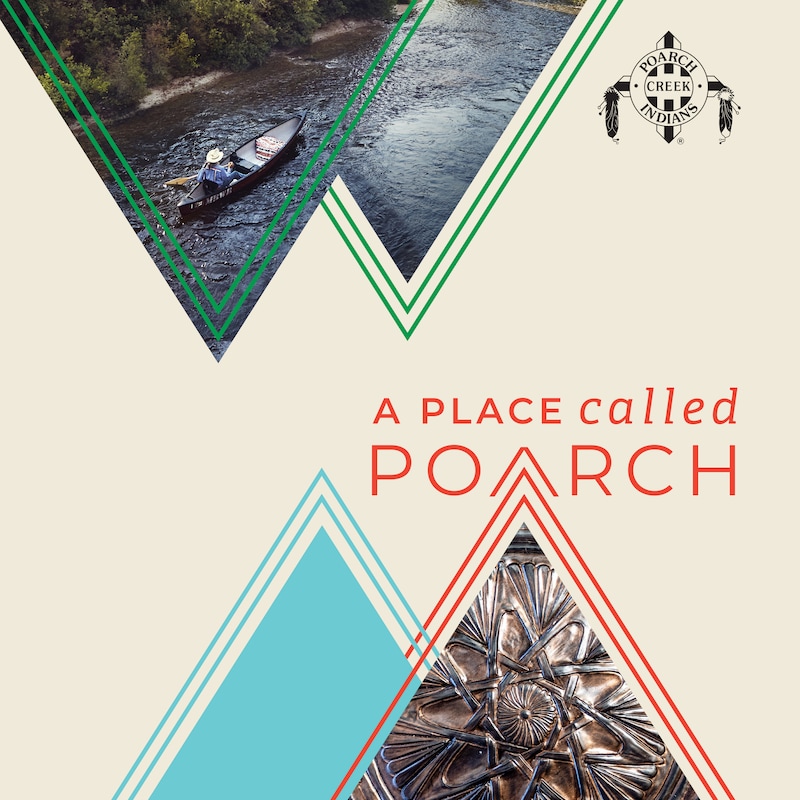Education is one of the most important things to the Poarch Creek people. But it wasn't always easy. Segregation and poverty were just two things the Poarch Creek people had to contend with as they strived for quality education.
Today, Lori Sawyer joins hosts Billy Baily, Brandy Chunn, and Blake Crook to discuss the long and sometimes complicated history of education in the Poarch Creek community. We learn about how the Tribe's perseverance helped pave the way for students today.
Time Stamps:
[0:30] - Billy introduces his new co-hosts, Brandy Chunn and Blake Crook.
[1:30] - Lori Sawyer introduces herself.
[2:30] - Opening a museum for the Tribe wasn't easy.
[5:10] - Using grant money, Lori helped research the history of education in the Poarch Creek community.
[7:11] - In the 1930s, school missionaries Dr. Edward Macey, his wife Anna, and Reverend Edwin Van Edwards were shocked by the level of poverty within The Tribe.
[10:09] - Lori describes how the Tribe's poverty wasn't accidental.
[12:50] - Timber companies came into Poarch Creek land after the Civil War and began pushing them out.
[16:20] - Jim Crow laws segregated Indian children from white children.
[18:30] - Poarch Creek Schools date back to 1799.
[21:20] - In the 1790s, white and Indian children went to school together in harmony.
[24:04] - Lori details the Head of Perdido, Bell Creek and Poarch Switch communities and their locations.
[28:05] - With lumber donations, Poarch Creek men built the schools.
[29:30] - The Gibson and Poarch schools were the first designated Indian Schools.
[30:06] - Partnering with the University of South Alabama, Lori and her team were able to locate the school in Bell Creek.
[33:08] - Lori takes us on a "drive" touring each school, the first stop is the Head of Perdido school.
[35:30] - Next stop is the Poarch Switch School.
[37:30] - The third stop is the Bell Creek School.
[40:50] - Lori talks about the condition of the schools.
[42:53] - It wasn't common, but some Poarch children were able to go to Atmore to get a higher education.
[44:00] - Fourth stop is Anna Macey's house.
[47:20] - The Maceys helped advocate for better education.
[49:04] - The white house attached to St. Anna's is the first Indian School.
[52:22] - Lori explains why the consolidated school opened.
[54:30] - The county didn't provide much assistance for the schools.
[57:00] - Reading, writing, and math were the primary subjects learned.
[59:05] - In the 1940s, Poarch Creek parents sued the county over poor treatment at schools.
[1:05:58] - Segregation wasn't as long ago as many people think.
[1:08:30] - The first thing the Tribe did after getting federally recognized was ensure access to education.
[1:11:04] - Lori has a message for current students.
Hosts:
Billy Bailey, Tribal Historic Preservation Specialist
Brandy Chunn, Museum Coordinator
Blake Crook, Museum Receptionist





